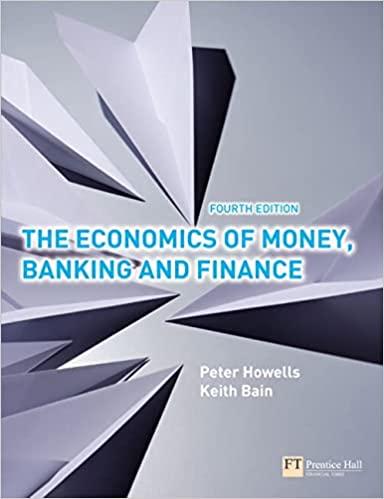Question
In order to understand who smokes and who does not, we collected data on 1,193 individuals. For each individual, we measured: whether she smokes (SMOKER=1)
In order to understand who smokes and who does not, we collected data on 1,193 individuals. For each individual, we measured: whether she smokes (SMOKER=1) or not (SMOKER=0); her age (in number of years); education (in number of years of education); income as of previous year; and the average cigarette prices in her city. For example, the first individual had the following measured variables: she was a smoker (SMOKER=1), was 35 years old (AGE=35), had 12 years of education (EDUCATION=12), income of $65,000 (INCOME=65,000) and the average cigarette price in her city was $2.15 (CIGARETTE_PRICE=2.15). A logistic model on whether SMOKER=1 was run and the results are shown in Figure 2.
Figure 2: Logistic regression results Does education matter in determining the probability that someone becomes a smoker? Discuss the significance and the magnitude of the effect of education (through its influence on the odds of becoming a smoker).
Step by Step Solution
There are 3 Steps involved in it
Step: 1

Get Instant Access to Expert-Tailored Solutions
See step-by-step solutions with expert insights and AI powered tools for academic success
Step: 2

Step: 3

Ace Your Homework with AI
Get the answers you need in no time with our AI-driven, step-by-step assistance
Get Started


